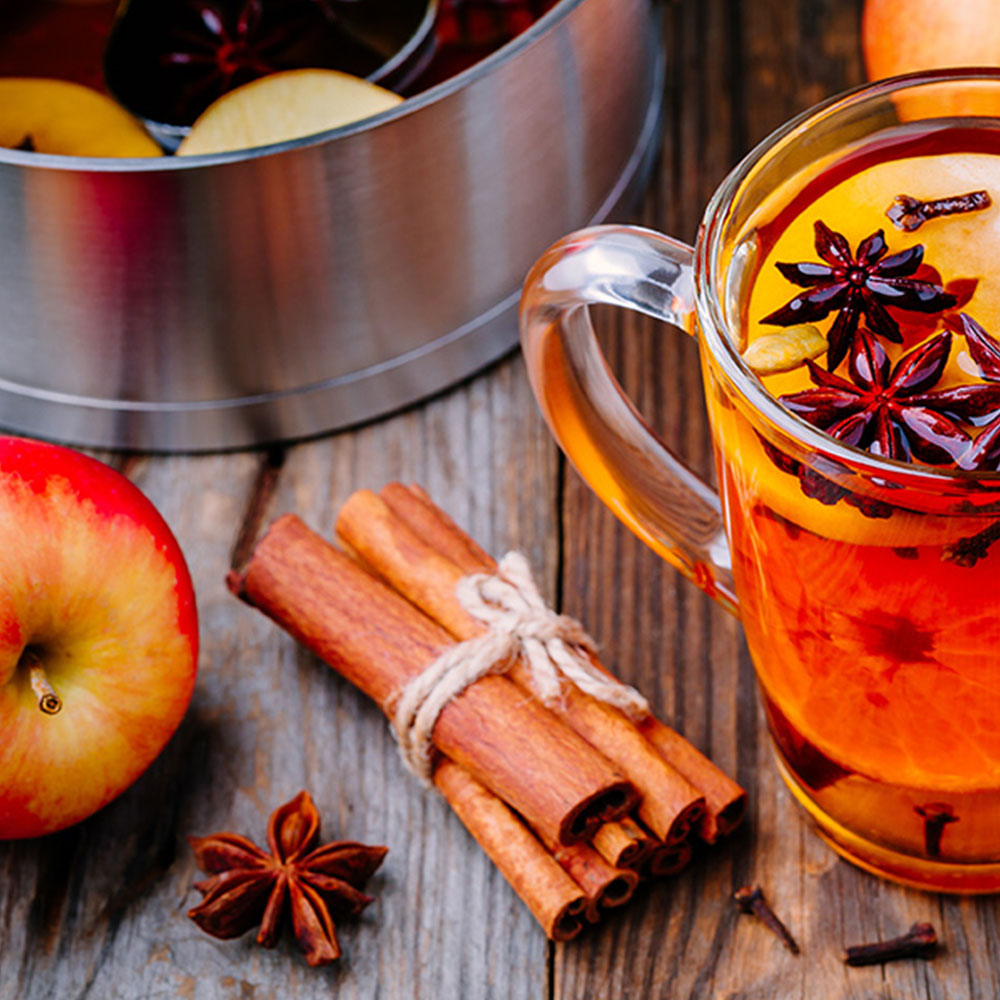Chinese Tea Ceremonies

TEA CEREMONIES IN A MING DYNASTY STYLE
The following extracts are adapted from the Châ'a Shu, a manual prepared by Hsü Jan-Ming in the Ming Dynasty, when loose leaf teas were prepared in a teapot and drunk from cups. In previous dynasties, tea was in a cake form.
Infusion:
Have the utensils ready to hand and make sure they are perfectly clean. Set them out on the table, putting down the teapot lid inner face upwards or laying it on a saucer. The inner face must not come into contact with the table, as the smell of the table or food could spoil the taste of the tea.
After boiling the water it should be placed in the pot, then you should take some tea leaves and throw them in. Now replace the lid on the teapot. Wait for as long as it takes to breath in and out 3 times before pouring the tea into the cups and then pour it straight back into the teapot so as to release the fragrance. After waiting for the space of another 3 breaths to let the leaves settle, pour out the tea for your guests.
If this method is used, the tea will taste very fresh and its fragrance will be delicious. Its effect will be to produce well-being, banish weariness and raise your spirits.
Drinking:
A pot of tea should not be replenished more than once. The first infusion will taste deliciously fresh; the second will have a sweet and pure taste, whereas the third would be insipid. Therefore, the quantity of water in the kettle should never be too much. However, rather than have too little, there should be enough for some to be poured on the tea leaves after the second infusion, as it will continue to emit a pleasant aroma and can be used for cleansing the mouth after meals.
Guests:
If one's guests are in a boisterous mood, it is better to give them wine to drink and, if they get somewhat tipsy, follow this up with a pot of strong (ordinary) black tea. It is only in the company of one's own kind, just those with whom one can talk quietly about anything under the sun without formality, that one should brew up some good tea. The extent to which the serving of the tea is or is not completely informal will depend on the number of guests.
Tea room:
This should be close to one's study - it is good to have a small tea room that is spacious, clean, well lit and comfortable. Against the wall place two portable stoves. Outside the tea room, there should be a wooden stand for utensils in which water is stored and a small table for the various accessories, as well as a rack for hanging teacloths. These objects should be brought into the tea room only when required. All should have covers to keep them free from dirt that might affect the tea.
Times for drinking tea:
In idle moments
Thoughts confused
Beating time to songs
When the music stops!
Living in seclusion
Enjoying scholarly pastimes
Conversing late at night
Studying on a sunny day
In the bridal chamber
Detaining favoured guests
Playing host to scholars or pretty people
Visiting friends returned from far away
In perfect weather
When skies are overcast
Watching boats gliding past
Amidst trees or in the garden
When flowers are in bud and the birds are singing
On hot days
After drunken friends have left
When youngsters have gone out
When viewing temples or scenic rocks




